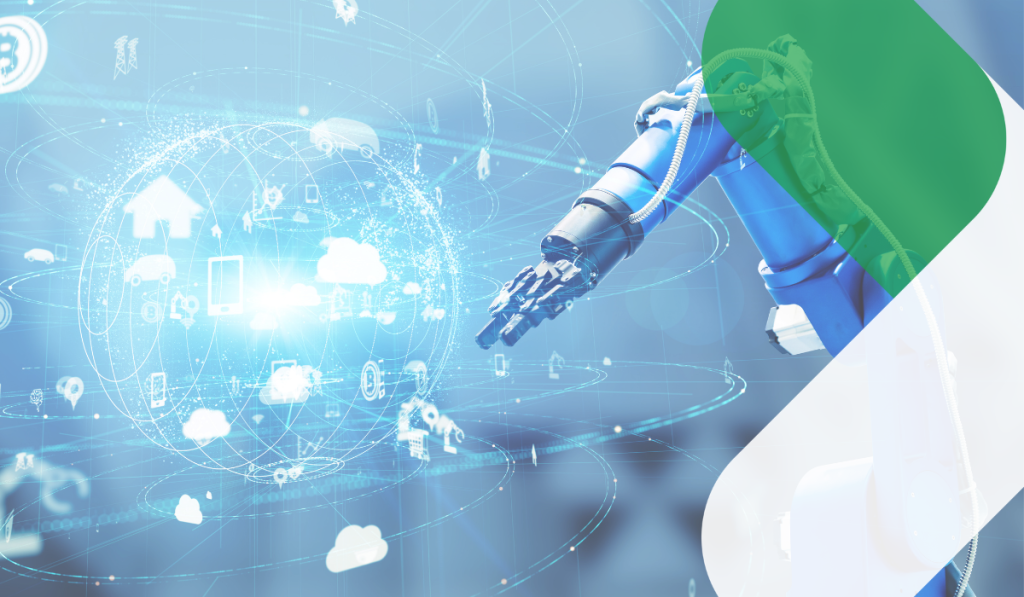
Automation Solutions Aimed at Reducing Energy Consumption and Waste
This article explores how automation can help reduce energy consumption and waste. With the right approach, organizations can make meaningful progress toward sustainable efficiency.
Businesses are increasingly starting to understand the value of RPA solutions and AI automation. According to Gartner, the end-user spending for RPA software peaked at more than $3.3 million last year, rising at a 17.5% growth rate from 2022. On the AI front, Gartner revealed that almost 80% of strategists saw AI as a recipe for success in the next 12 to 24 months. As a result of rising literacy and adoption of RPA and AI solutions, RPA and AI software development is in full flow. AI and RPA developers are pushing the boundaries of their technologies, and businesses require in-depth knowledge of what’s happening in these fields.
Before delving into the intricacies of RPA solutions and AI automation technologies, businesses must remember that the RPA vs. AI discourse shouldn’t focus on which technology is better. Instead, they should focus on understanding how each technology might manifest in their unique contexts. RPA tools may benefit some, and others may need AI solutions. But how can organizations know? The best place to start is decoding the two technologies.
The answer to this question should always begin with a disclaimer that RPA is a misnomer. This is because RPA solutions don’t revolve around heavy physical robots. RPA solutions feature software-based automation for IT and computer applications.
Businesses use RPA solutions in myriad ways across sectors. They are particularly effective for ultra-repetitive tasks such as report creation, internet data processing, mathematical calculations, log file management, and email management. The RPA solutions market, powered by RPA developers from all corners of the world, is growing at a compound annual growth rate of more than 30% during the 2022 to 2028 window.
There are primarily two kinds of RPA tools – partially automated and completely automated. Partially automated RPA tools mean that human interventions will have to support the automated processes periodically. Conversely, completely automated RPA tools can conduct tasks without any human interference. This is ideal for more large-scale and time-consuming projects.
The biggest advantages of RPA software and tools include cost-savings, streamlined data processing, accurate analytical capabilities, simple and seamless integrations, fewer human mistakes, boosted employee morale, and tighter security and compliance.
AI is arguably the most influential and controversial technology in the world. AI automation and technologies mimic human intelligence. AI solutions are transforming most industries by mimicking human intelligence and disrupting traditional business processes. The global AI solutions market is growing at unbelievable speeds. Last year, this market was worth a sliver over $150 billion. It’s set to reach over $1345 billion by 2030 at a compound annual growth rate of 36.8%.
Some key AI solutions and capabilities include machine learning (ML), natural language processing (NLP), automation tools, robotics, and multimedia content generation. Common AI automation use cases include self-driving vehicles, virtual assistants, smart CCTV cameras, digital twins, targeted advertising, predictive maintenance, and cybersecurity.
The most significant advantages of AI automation include enhanced decision-making, powerful big data processing, improved safety and efficiency, highly customized end-user experiences, robust innovation platforms, and, eventually, more significant profit margins.
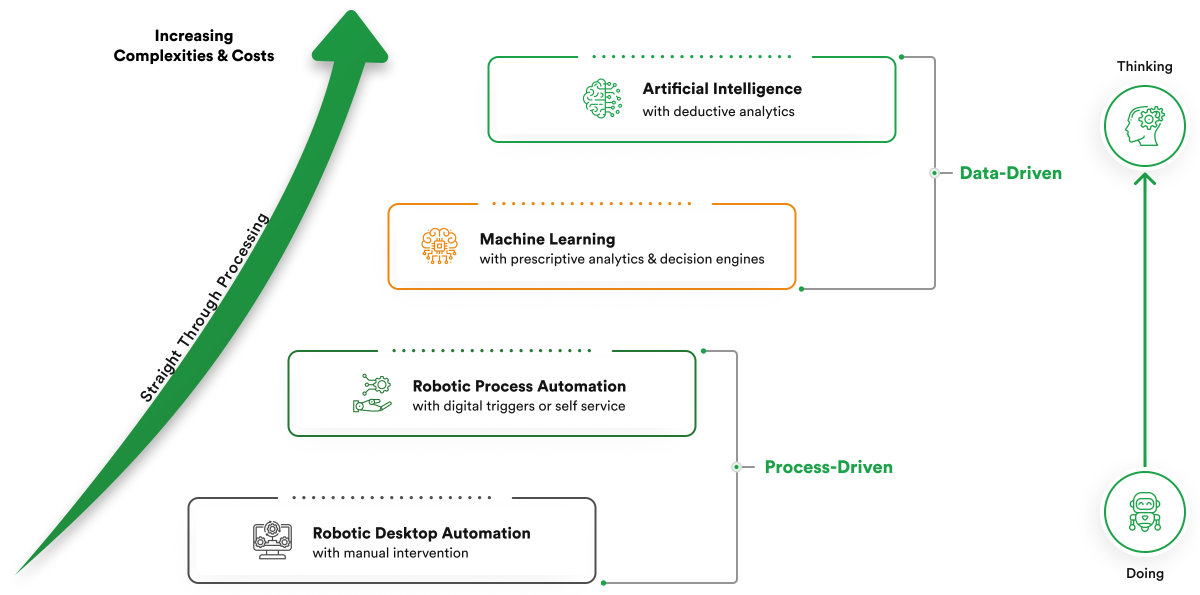
The following are the top 8 most important areas of difference in the RPA vs. AI debate.
The primary function of RPA tools involves mimicking human tasks. AI, on the other hand, focuses on mimicking human thoughts. Therefore, RPA software can’t make its own decisions, whereas AI tools can make independent decisions. In other words, RPA is the muscle, and AI is the intellect.
Since RPA solutions can’t make autonomous decisions, RPA developers and human workers must configure rules to ensure certain ingrained capabilities. While AI solutions require intricate programming, they can analyze vast amounts of data and independently establish configurations.
RPA software is relatively simple to execute, whereas the implementation of AI automation can be a painstaking and intricate process. RPA has numerous no-code and low-code options that require no advanced technical skills or insight.
Both RPA software and AI tools feature high degrees of flexibility. The difference is that RPA software requires human intervention to alter or enhance its use case. In contrast, AI can learn from diverse data sources to change its behaviors depending on complex variables.
Businesses must proactively optimize and enhance their tools and technologies. This is easy with AI solutions because AI self-regulates and self-optimizes based on feedback and related data. Conversely, getting under the hood of RPA tools requires manual work.
RPA tools and AI solutions fundamentally change processes within an organization. However, introducing RPA tools is a less dramatic shift because it doesn’t entirely replace human workers. AI solutions, in a lot of cases, make human workers redundant. While there are benefits to replacing workforces, businesses must acknowledge the long-term implications of AI.
There are unique strengths and capabilities associated with RPA tools and AI solutions. For example, RPA tools are perfect for conducting back-office administrative tasks. Among many other capabilities, AI automation can provide a human touch to front-end interactions and greatly enhance customer service and experience.
While AI automation might seem like the ultimate solution for industries, businesses must remember that probability plays a significant role. Therefore, the accuracy of outputs depends on the quality of training data. RPA software boasts higher accuracy rates, but businesses should remember that this depends on the quality of the predefined software rules.
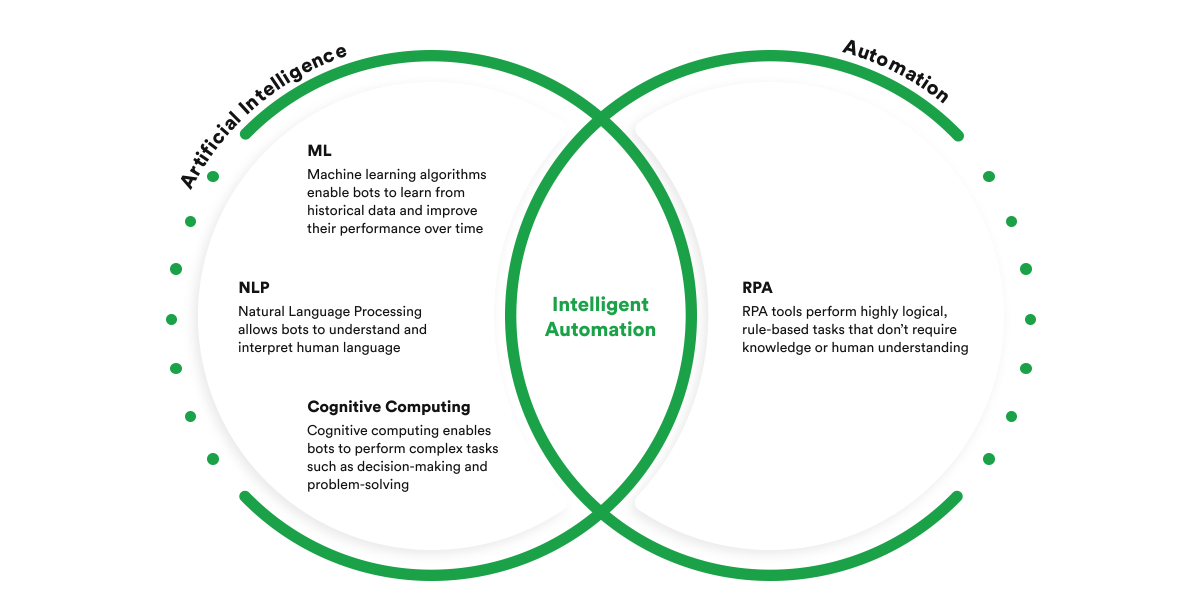
RPA tools and AI solutions are not at war with each other. Neither will ever completely replace the other. Every organization should assess its intricate needs and contexts to see which technology might suit them better. If certain businesses need to improve task-based activities, RPA might be the optimal solution. AI solutions are more worthwhile for companies requiring more high-level, creative, or decision-making enhancements. Some organizations may want to introduce RPA tools first and then augment those tools with a rich AI ecosystem.
In the long term, the synergy between RPA and AI represents the pinnacle of digital transformation strategy. The integration of RPA’s efficiency with AI’s intelligence can create a powerful toolset for businesses, enabling them to automate not just simple tasks but also to bring insight and adaptability to their operations. This combination ensures that the strengths of one technology compensate for the weaknesses of the other, leading to a more holistic and effective automation strategy.
Engaging with a technology partner experienced in both RPA and AI, such as rinf.tech, can be a game-changer for businesses navigating these decisions. Such a partner can offer invaluable expertise and insights, helping organizations to identify their initial technology needs accurately and to chart a clear path towards leveraging the best of both worlds. With the right guidance, companies can not only make informed decisions about where to start but also how to evolve their digital capabilities to stay competitive and innovative in an ever-changing business landscape.
RPA tools and AI solutions are amongst the most popular automation technologies that businesses commission to enhance efficiency, accuracy, employee morale, and cost savings. While RPA vs AI may sound like an either-or choice, companies must keep things simple and focus on understanding the intricacies of each technology so that they can choose the solution that best suits their environments.

This article explores how automation can help reduce energy consumption and waste. With the right approach, organizations can make meaningful progress toward sustainable efficiency.
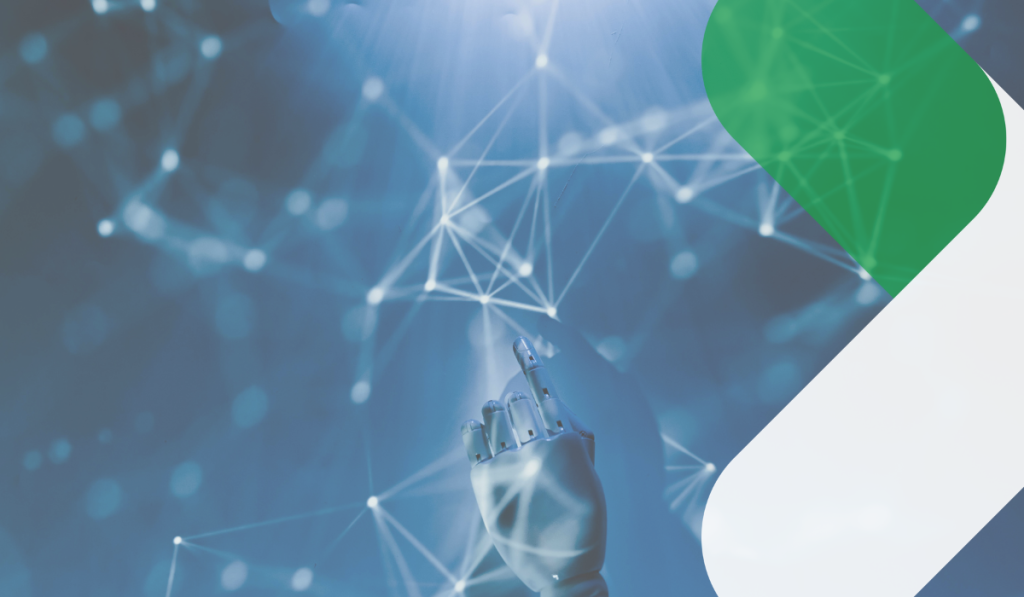
AI-driven workflow automation is transforming how organizations operate. By replacing time-consuming manual tasks with intelligent, self-optimizing systems, businesses can boost productivity by as much as 40% while reducing costs and minimizing errors. From enhancing customer service and streamlining software development to enabling data-driven decision-making, AI is not only modernizing traditional processes but also paving the way for a more agile and competitive future. This article delves into the evolution from rigid robotic process automation to adaptive AI workflows, offering practical insights on harnessing this technology to drive innovation and sustainable growth.
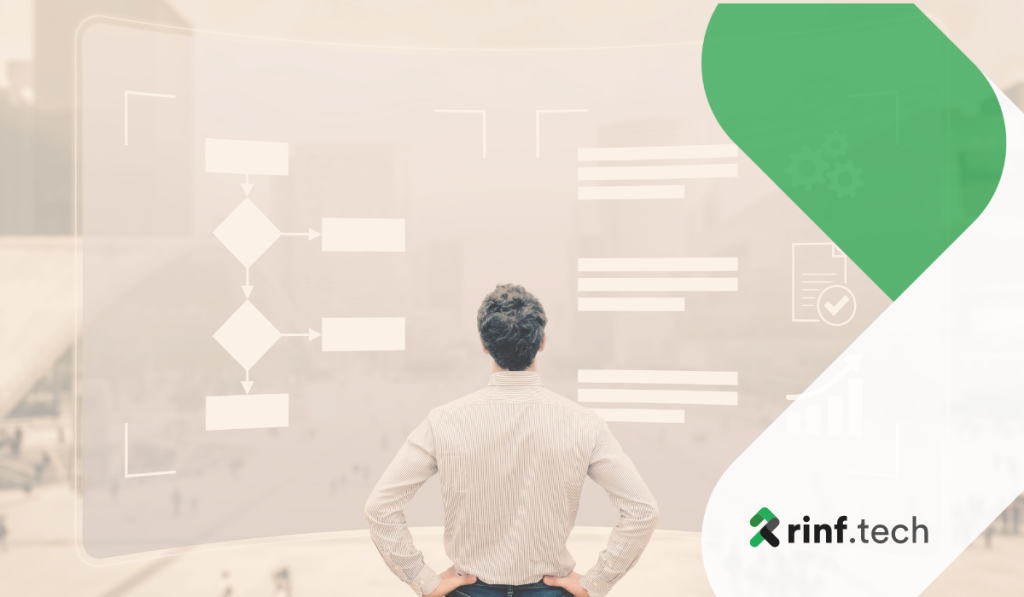
Delving into the key concepts, benefits, and costs associated with workflow automation and offering practical tips for maximizing ROI.
Copyright © 2023 rinf.tech. All Rights Reserved.
Terms & Conditions. Cookie Policy. Privacy Policy.
Politica Avertizari de Integritate (RO)